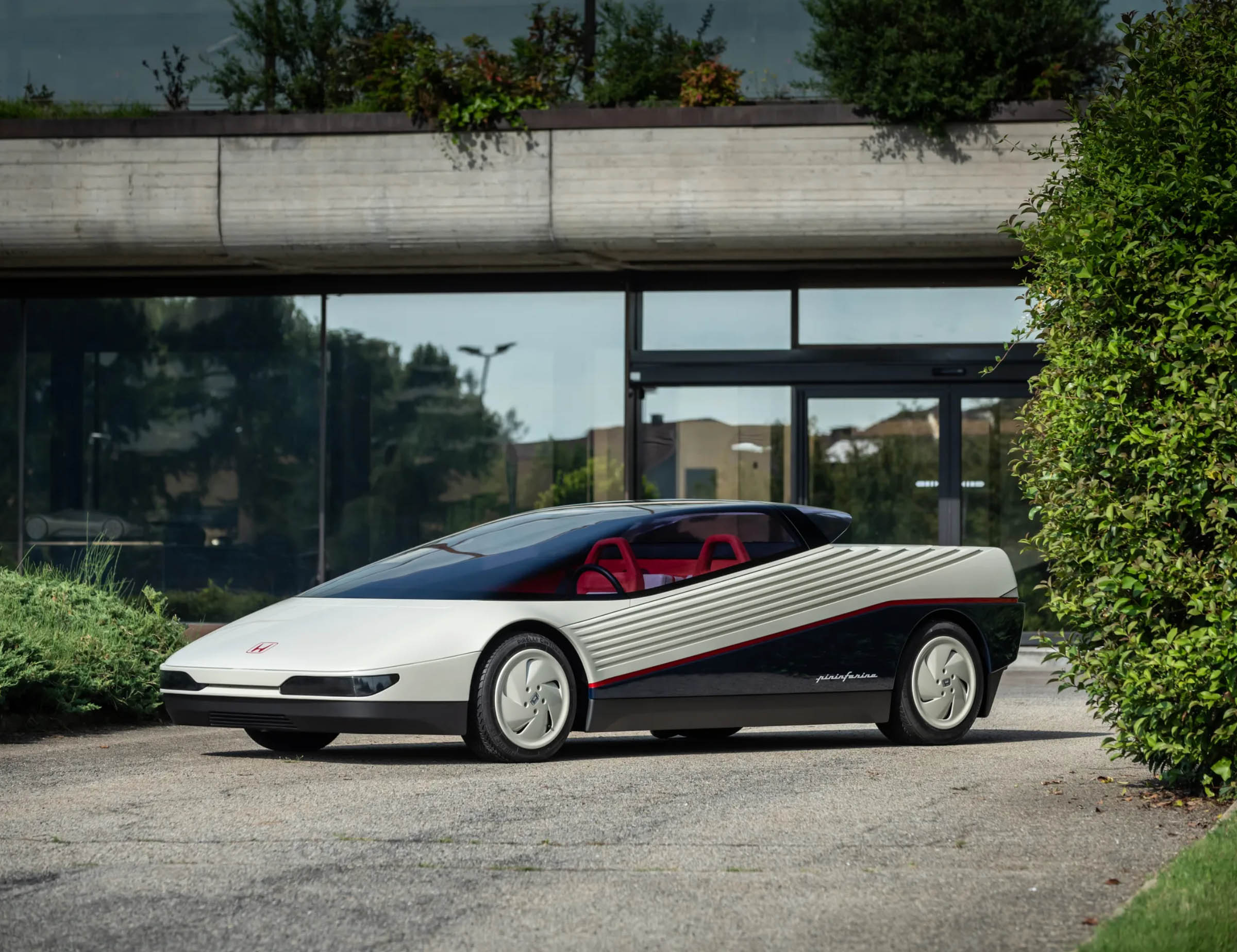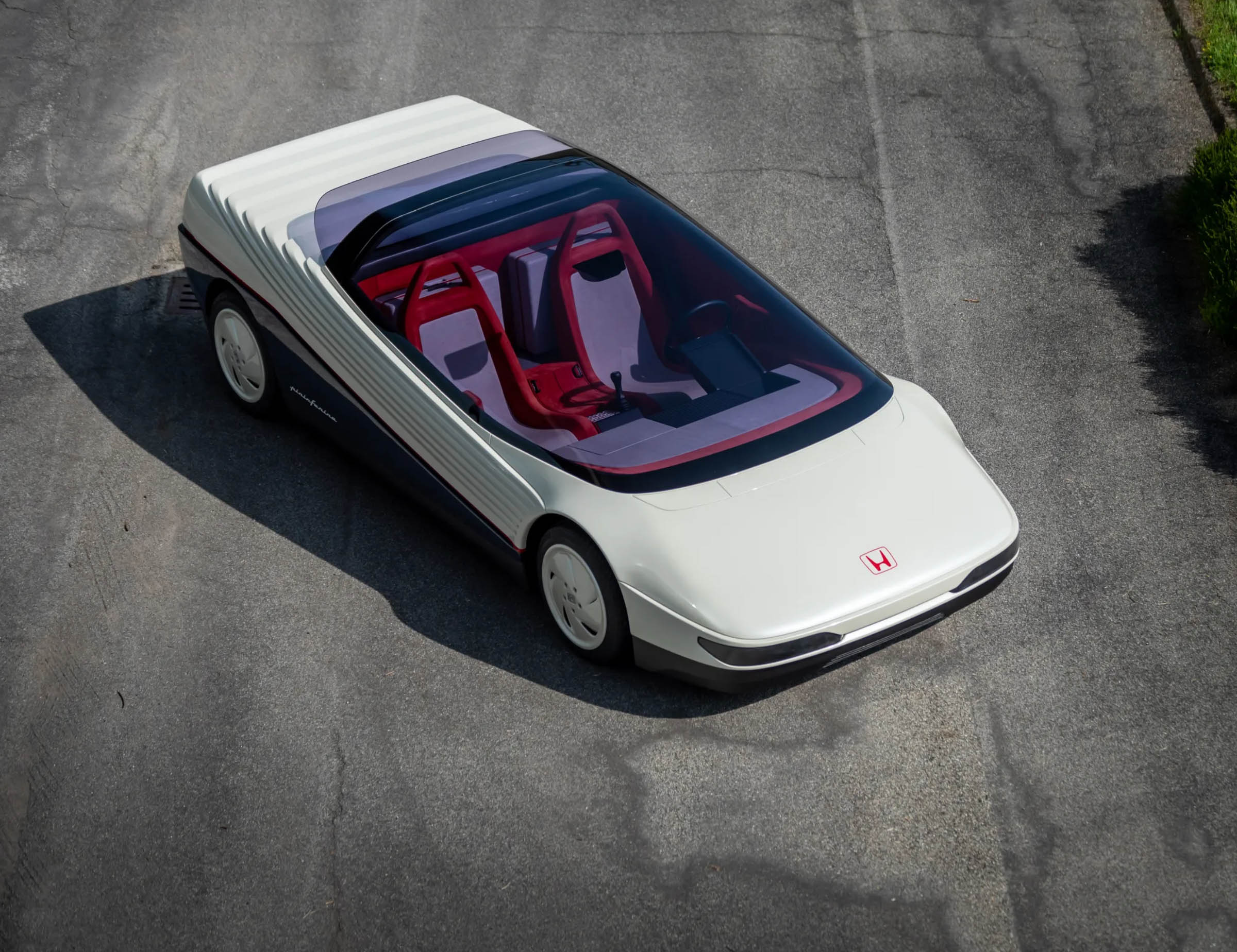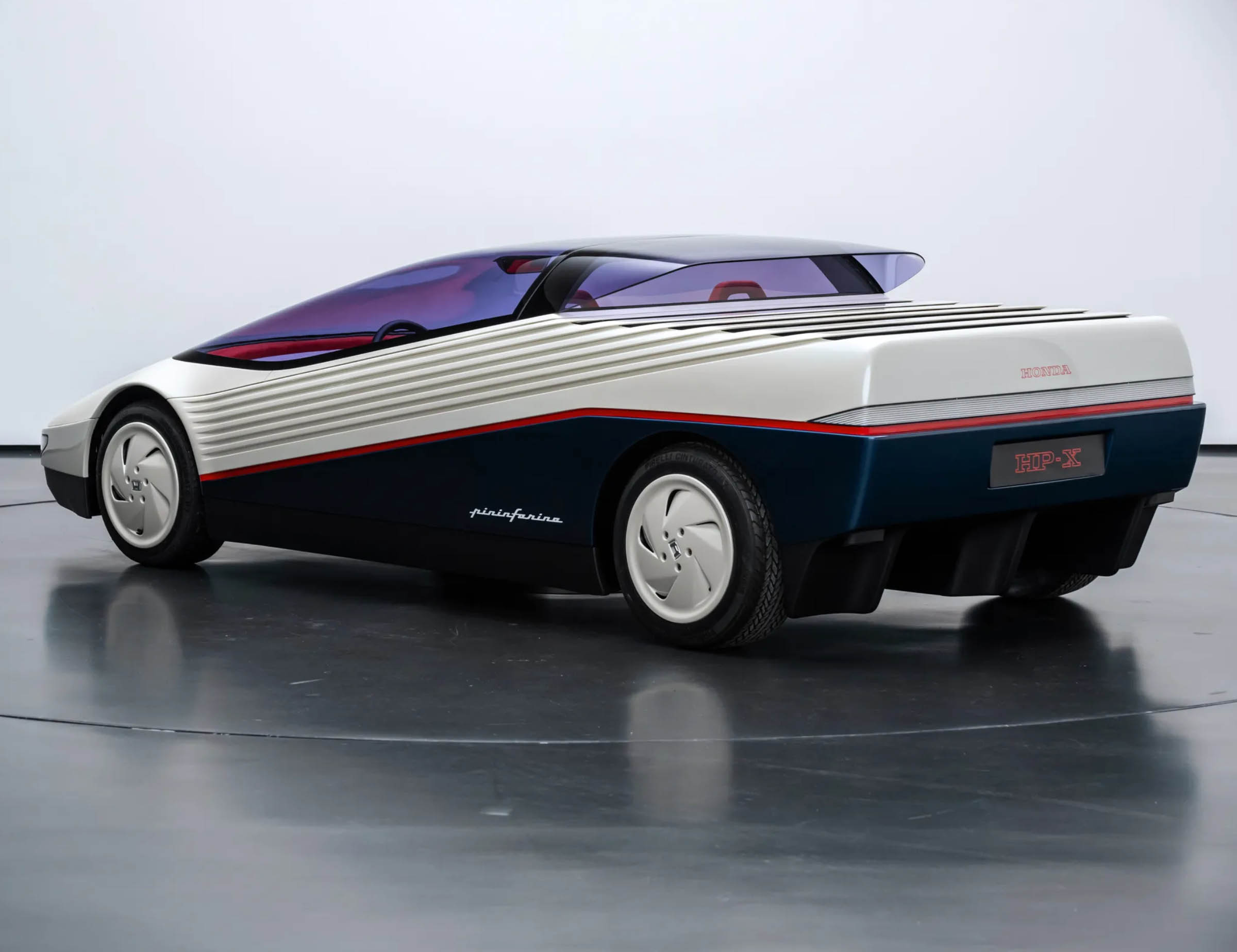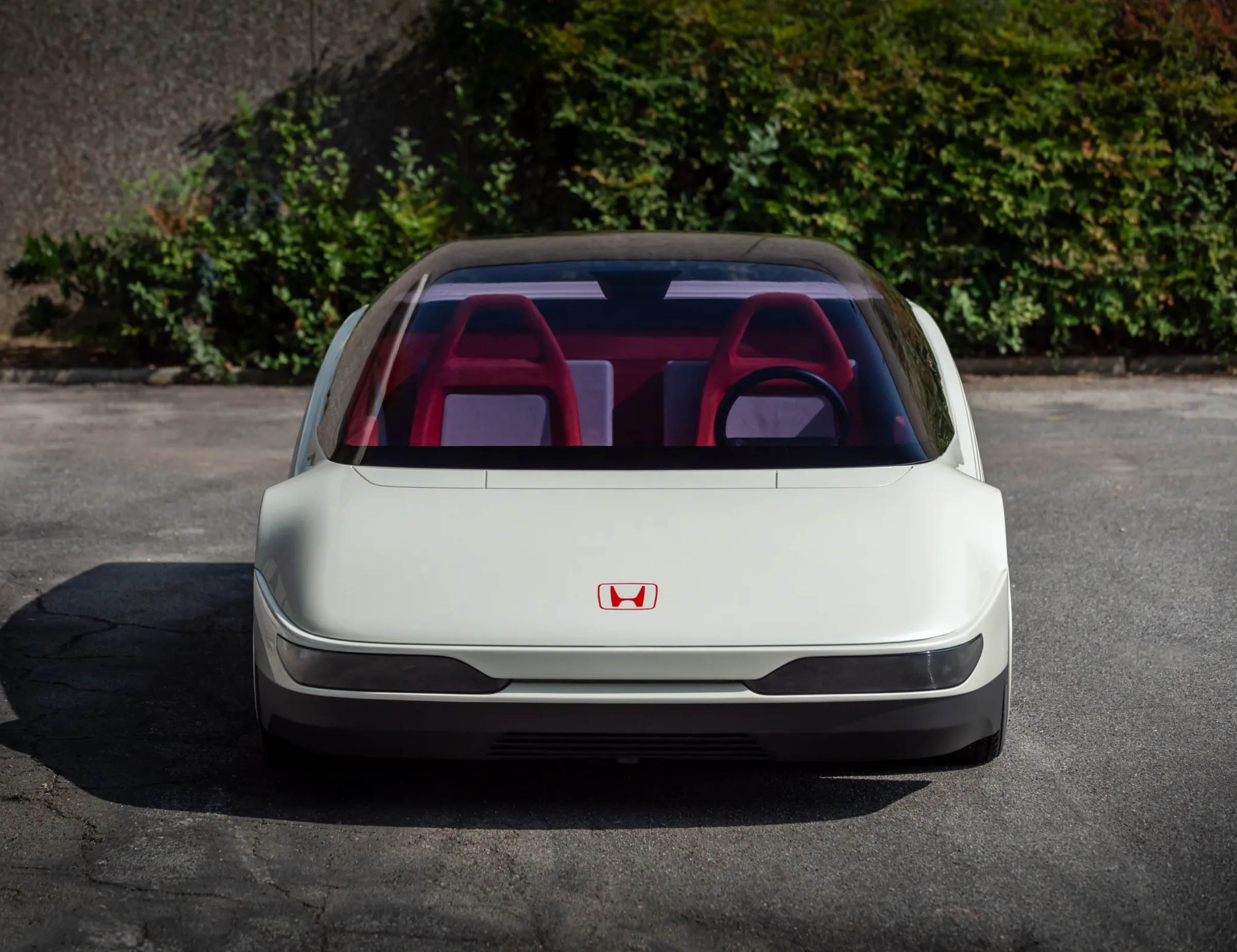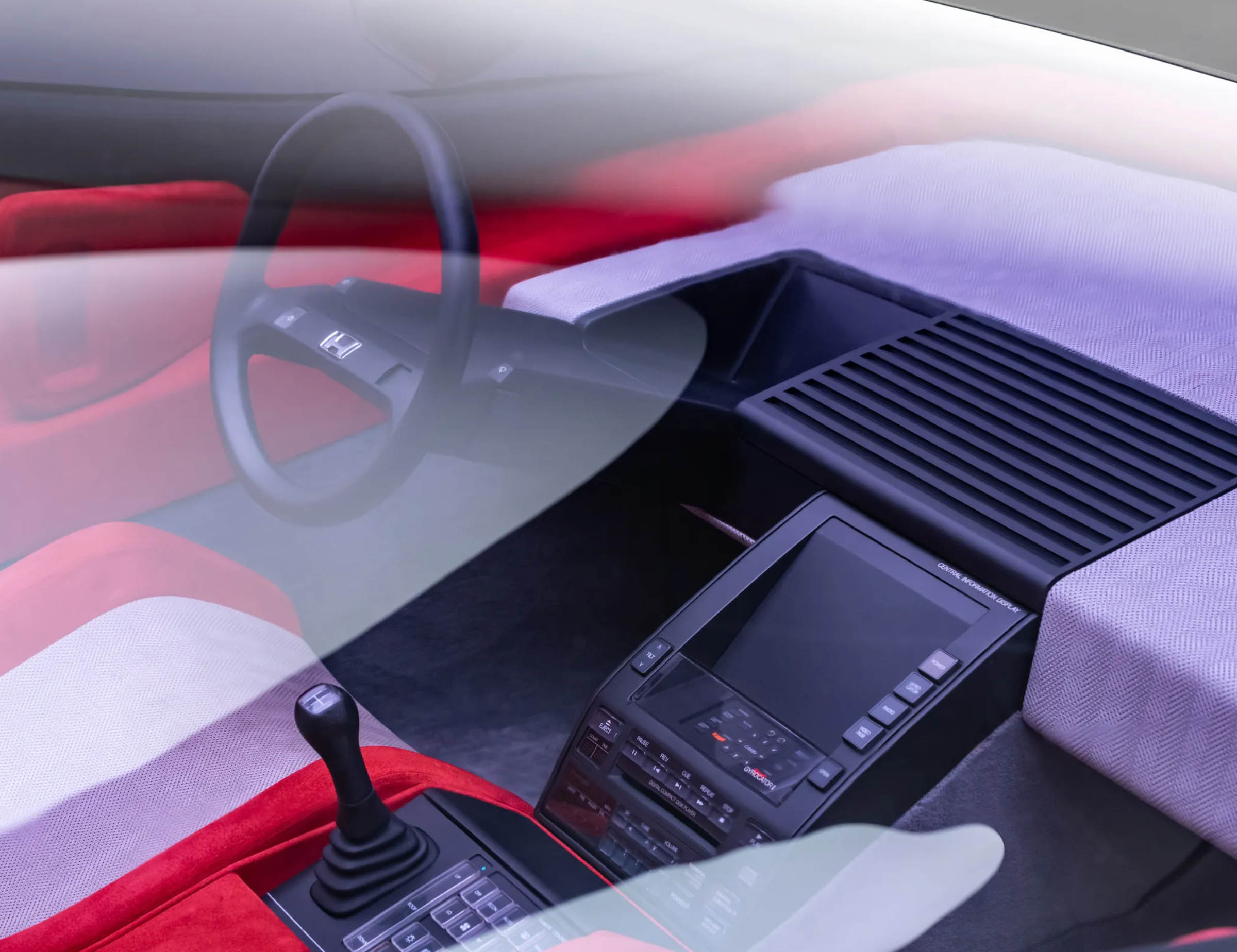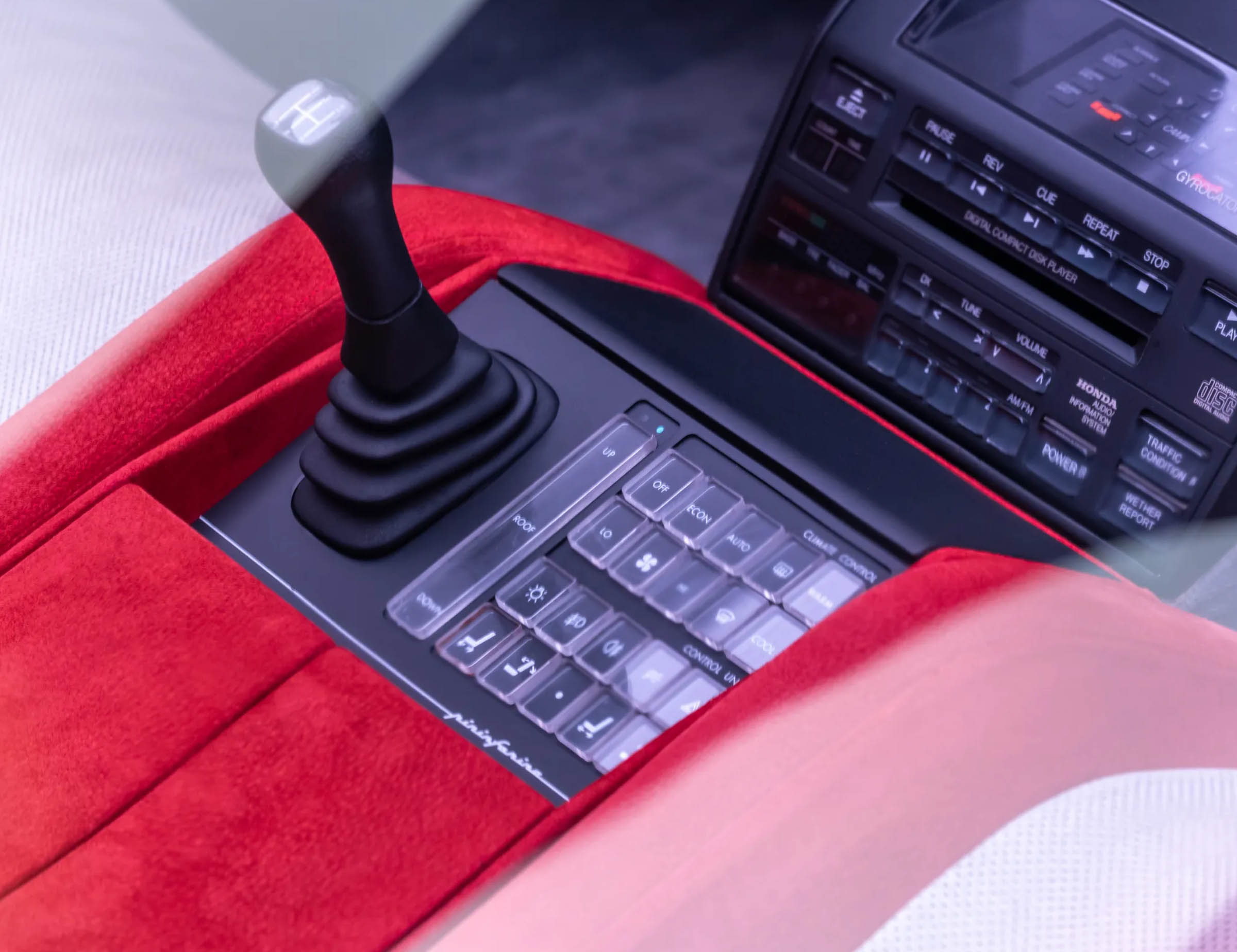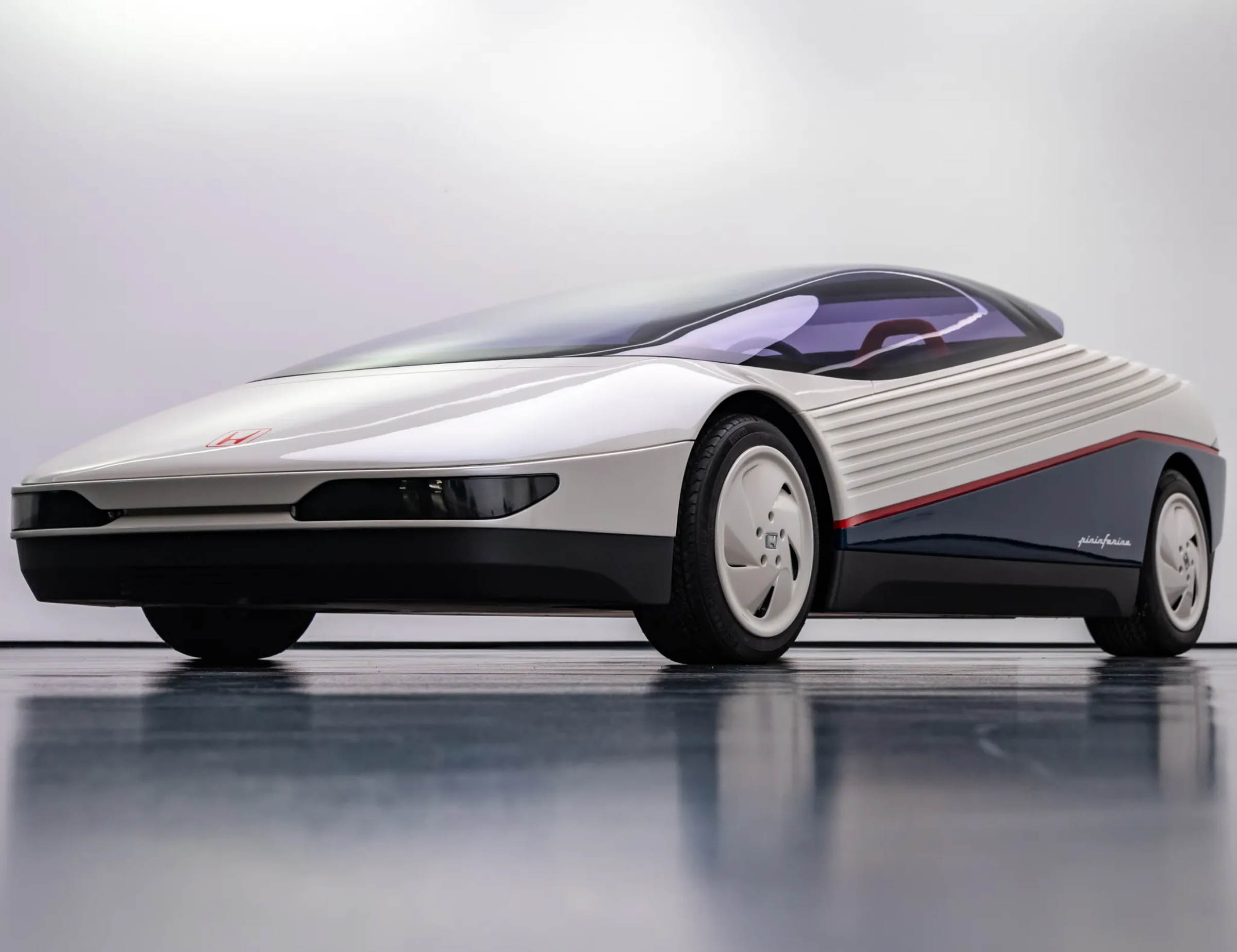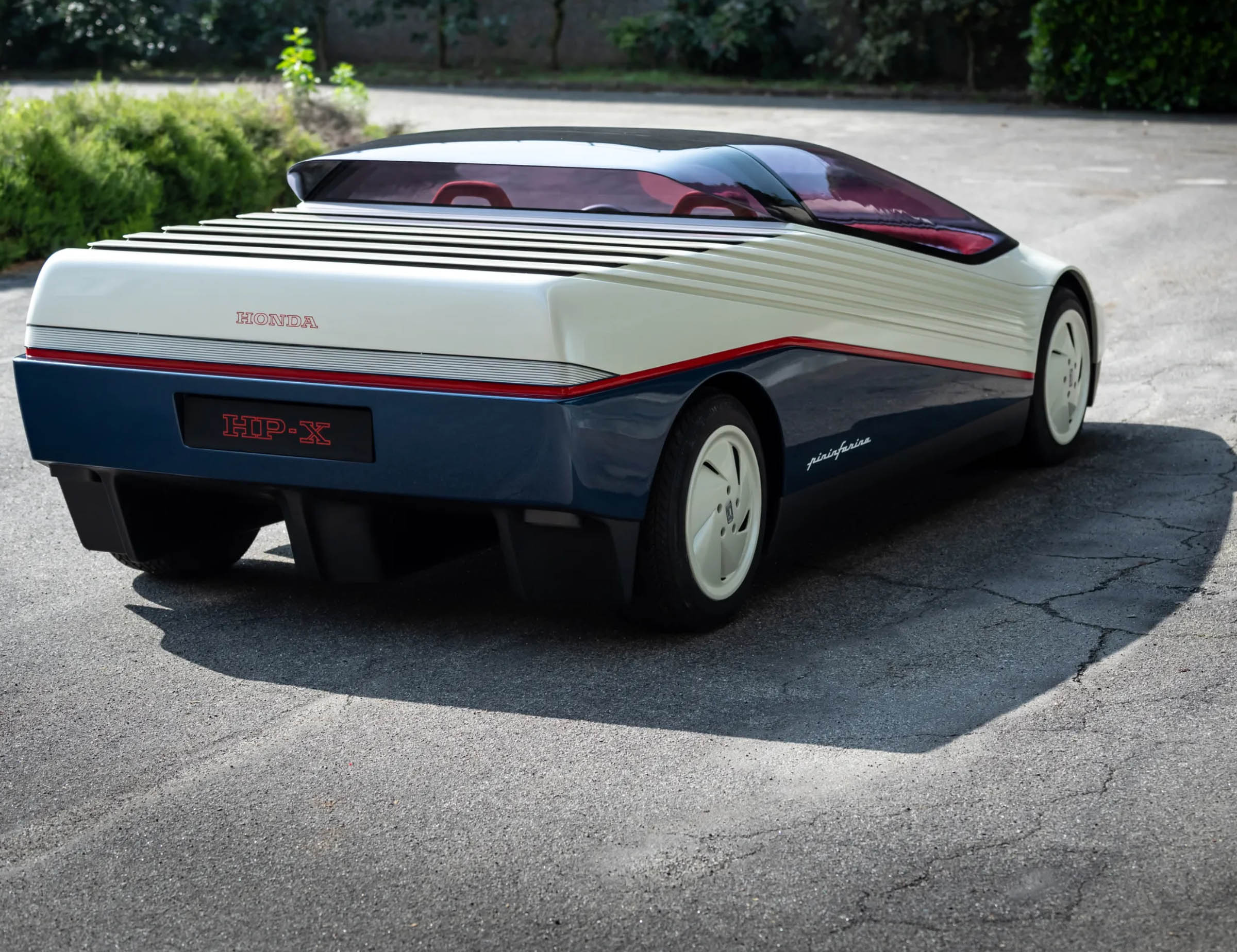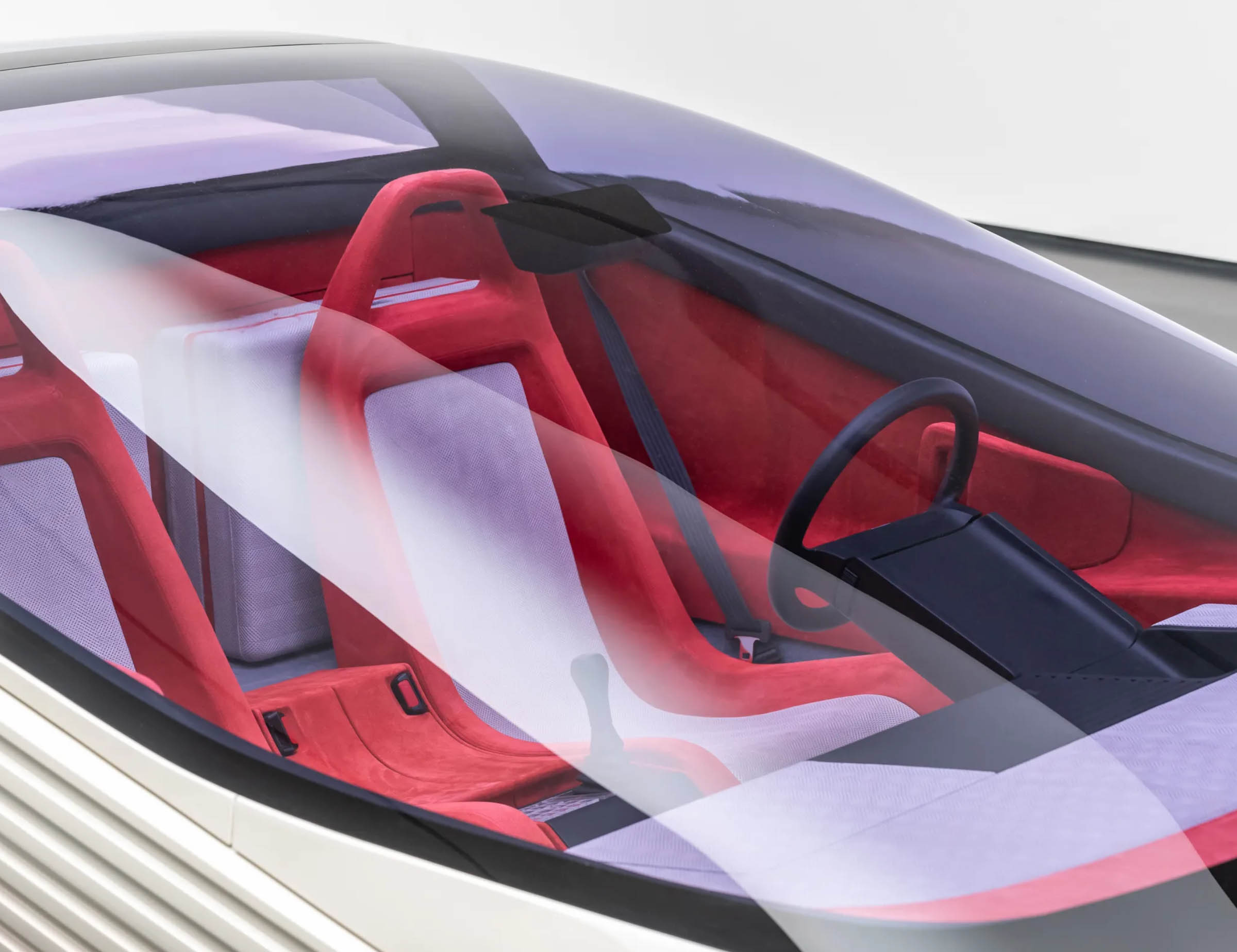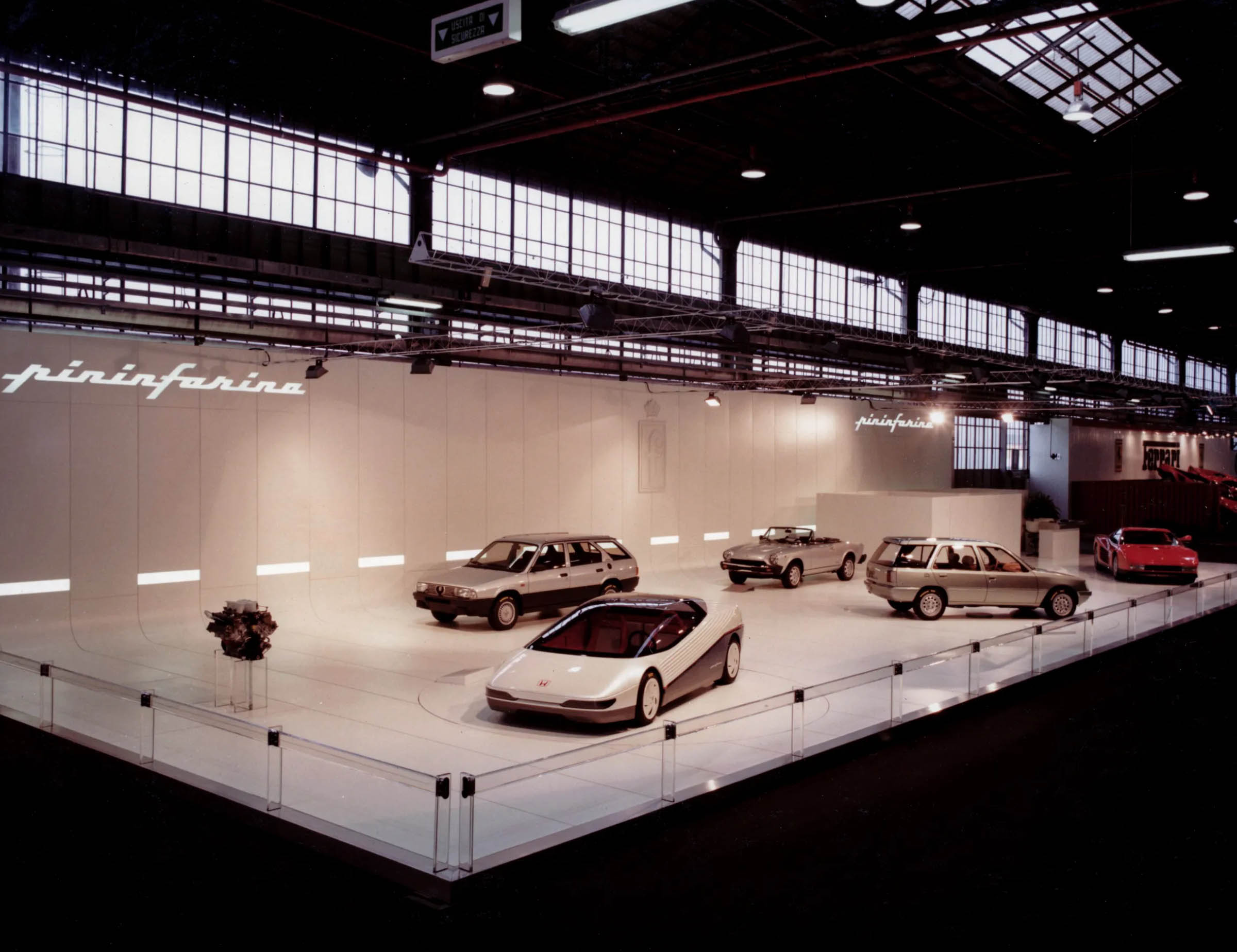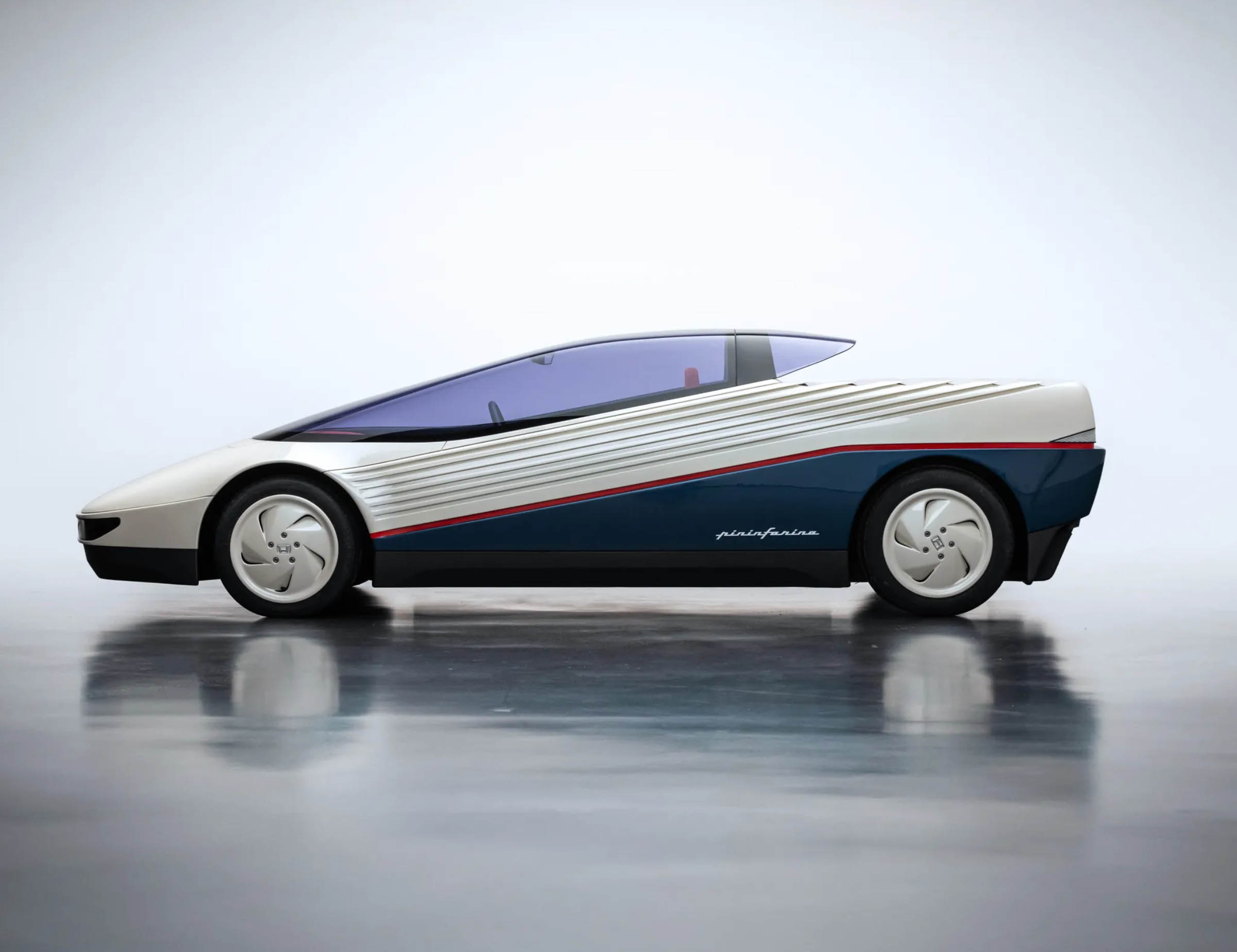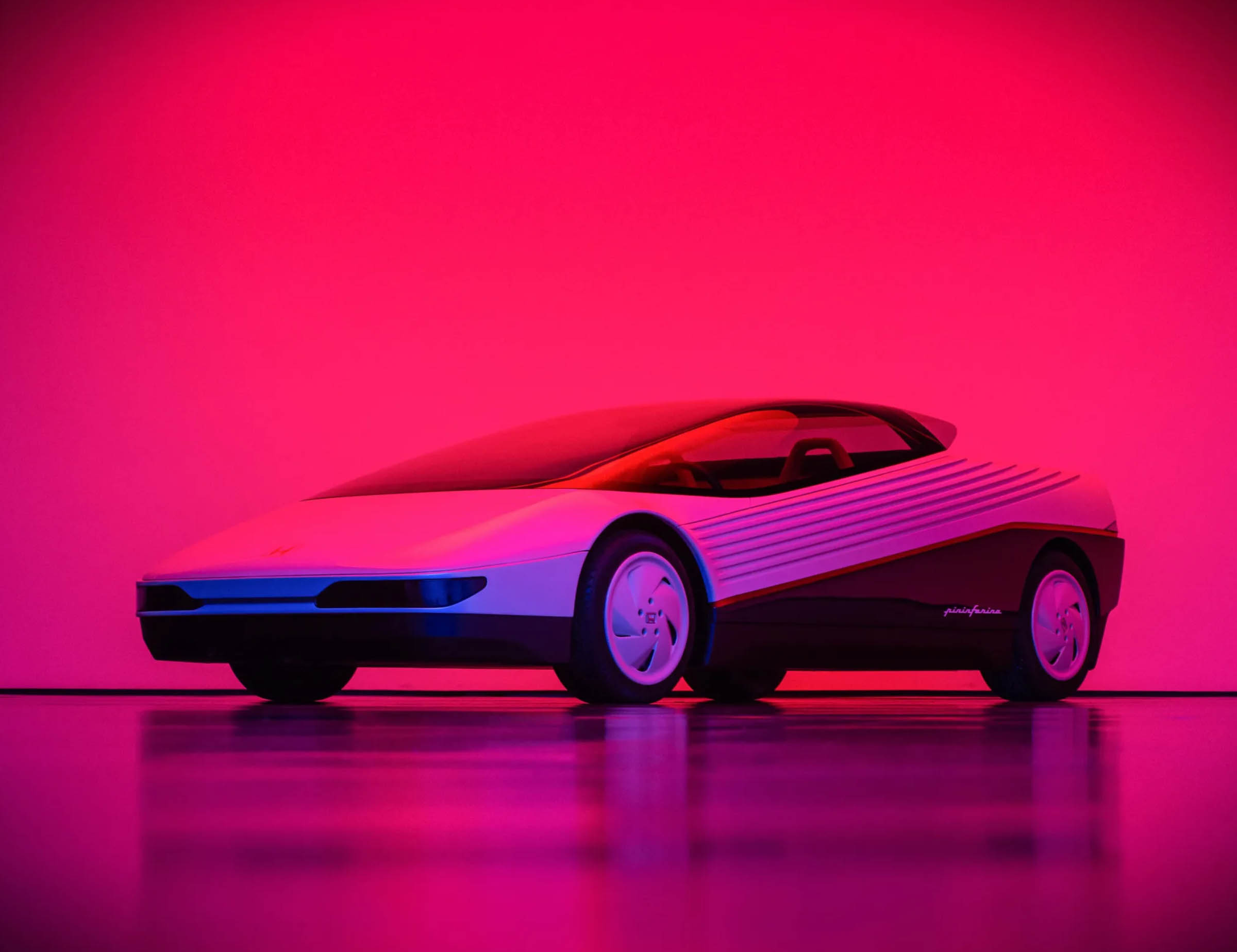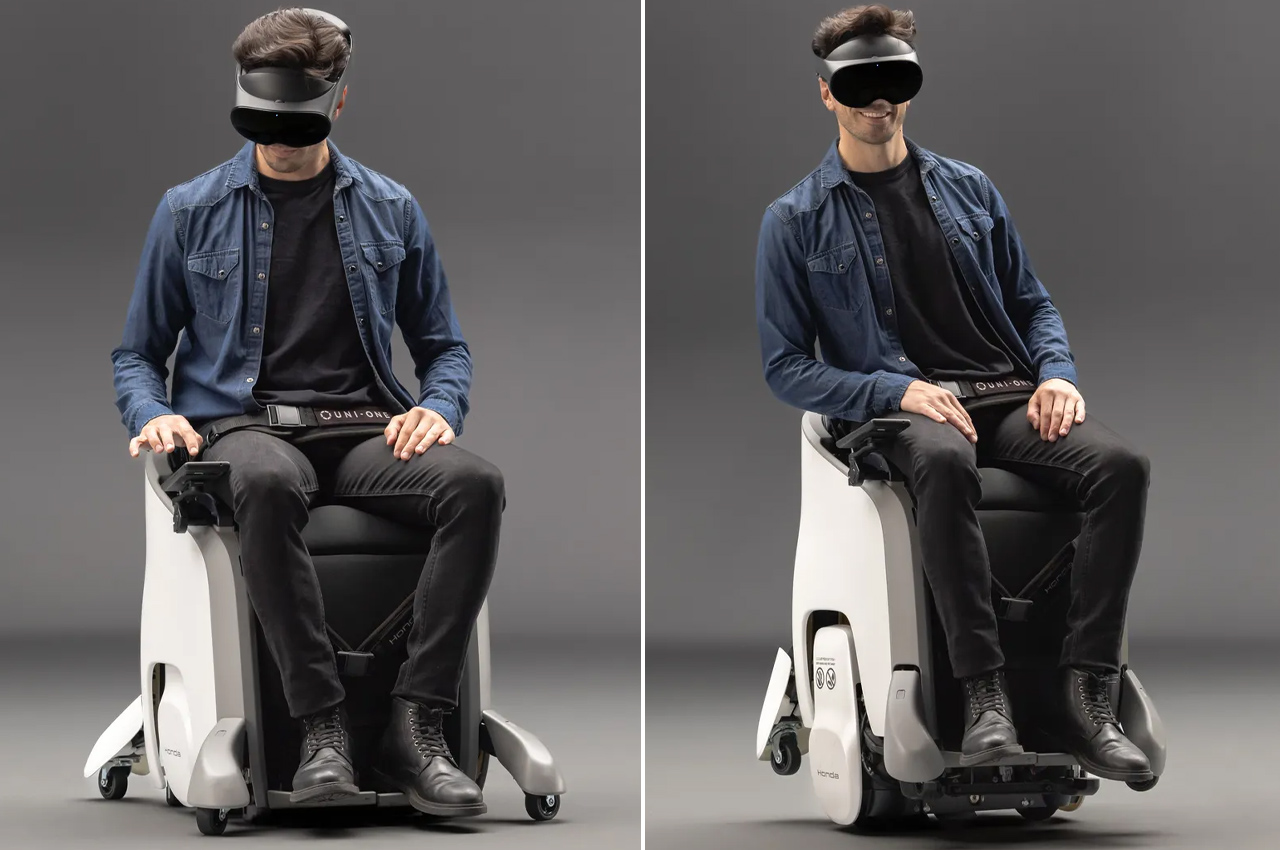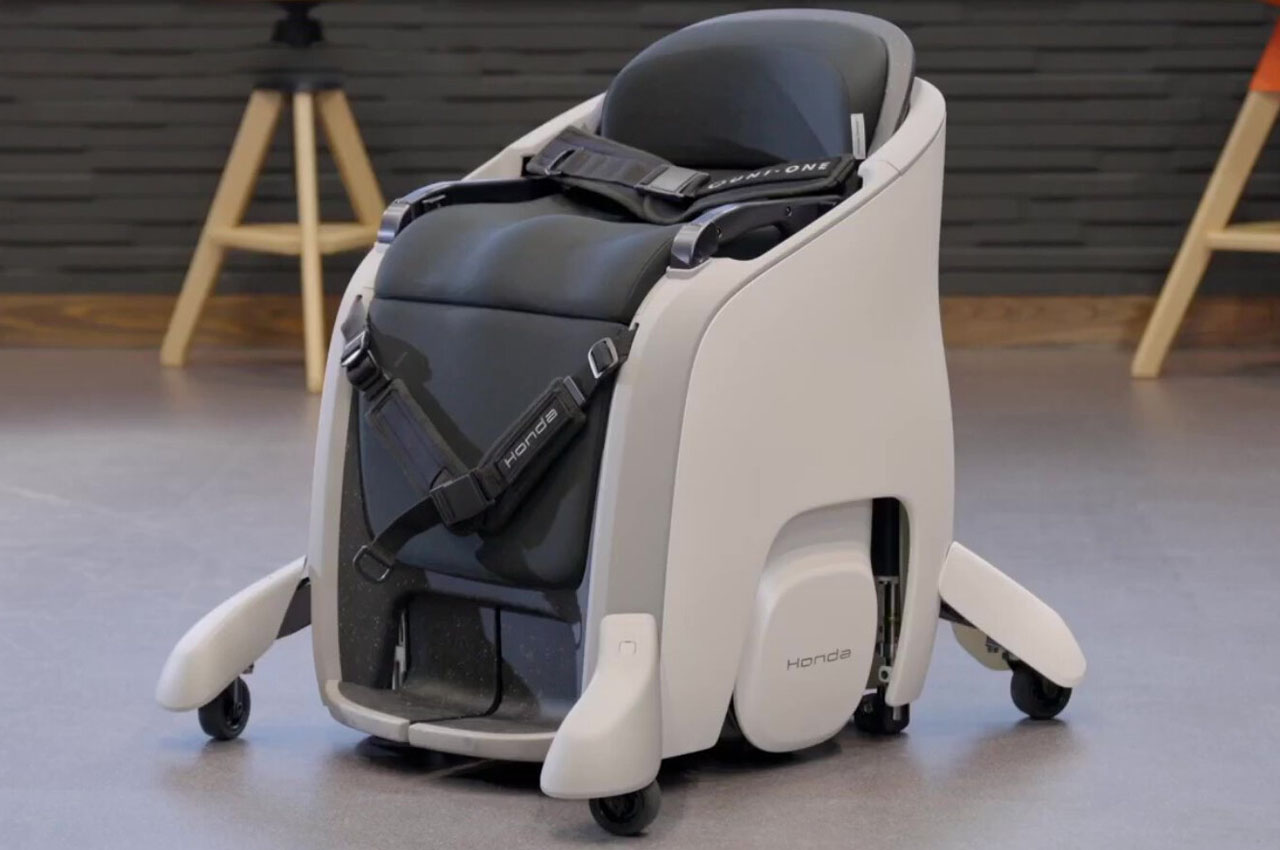Honda has just teased a glimpse of the future of the brand’s two-wheeler electric vision at the Japan Mobility Show. The future-forward ride showcased at the auto show evokes typical Akira vibes with a long-slung profile and was most likely inspired by the 80s anime movie.
Dubbed the EV Outlier Concept, the motorcycle is a sneak peek into the brand’s gradual detour from internal-combustion heritage. Its most striking feature is the installation of electric motors directly in the front and rear wheels, eliminating the conventional chain or belt drive and enabling truly free packaging around the chassis. By placing the propulsion at the wheels, Honda frees up space in the frame for batteries and centralizes weight for improved balance.
Designer: Honda
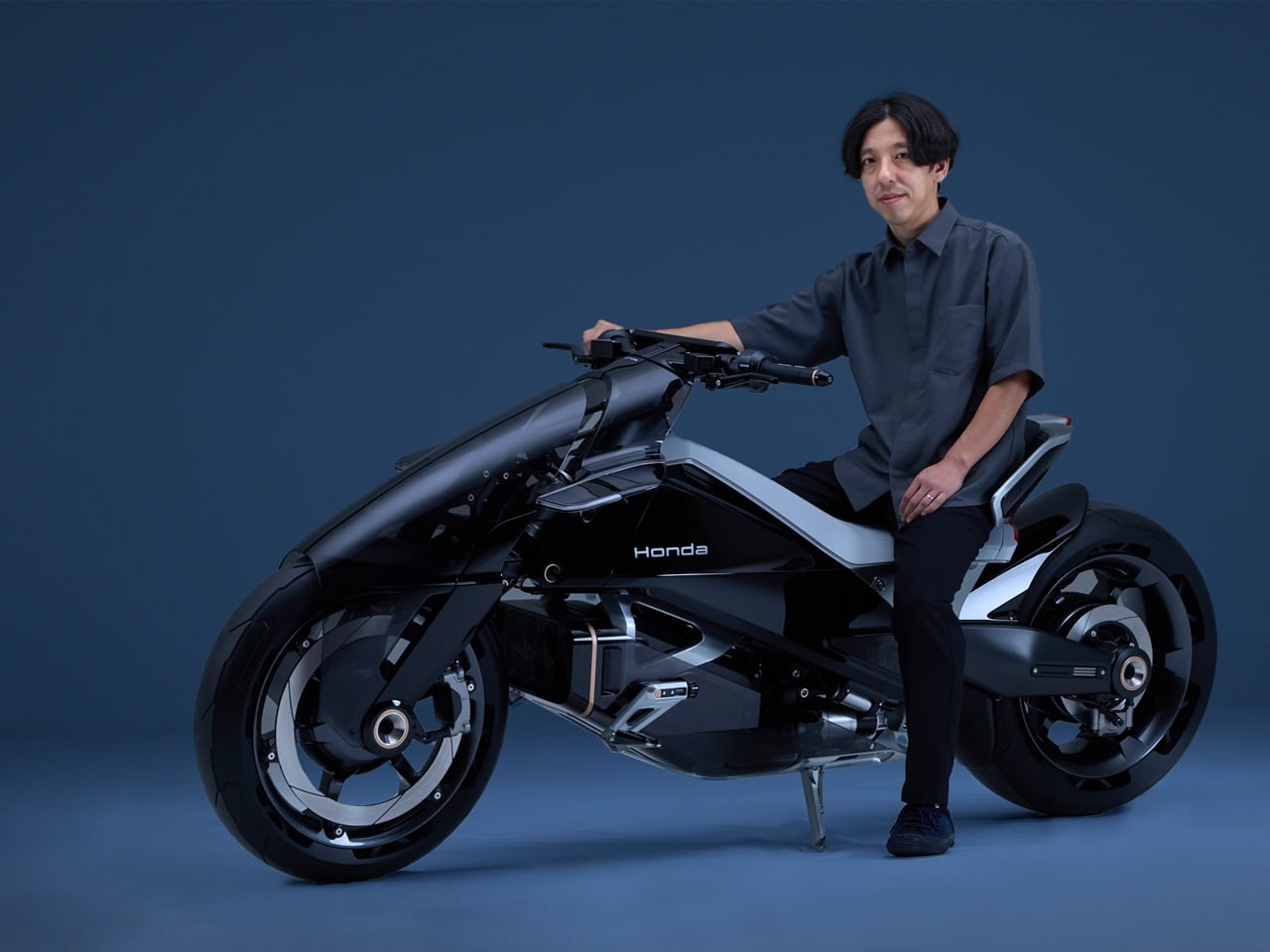
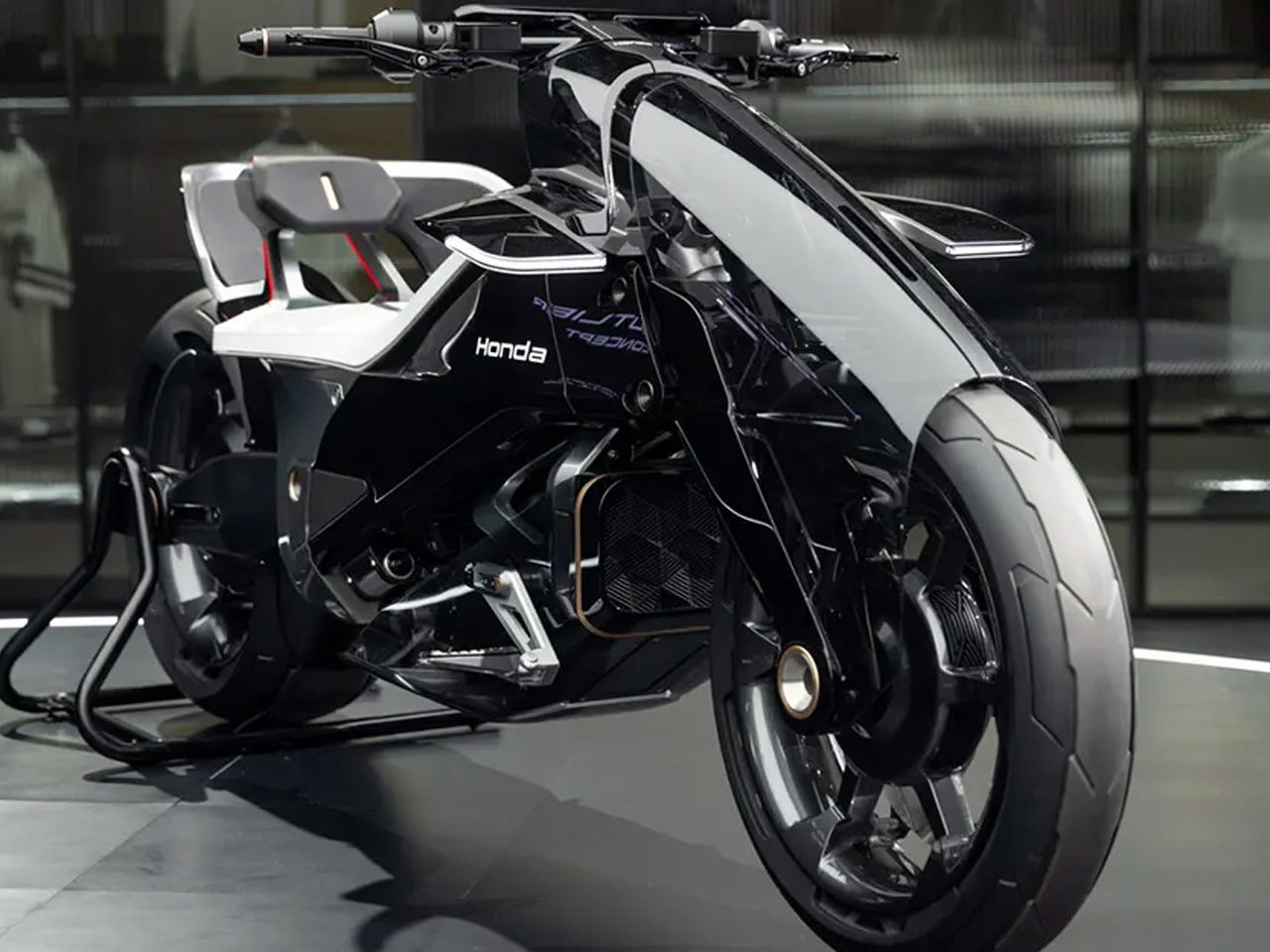
From the styling perspective, the concept is both minimalist and arresting. Honda describes key design cues as “Gliding, Ecstasy and Low.” Gliding refers to the smooth, quiet roll of an EV; ecstasy to the instant-on torque and responsiveness of electric drive; and low to the dramatically lowered seat and rider eye-line that give a new posture and presence. The front fascia features a continuous LED light band, the tail is tightly integrated into the form, and foot-pegs are set further forward than typical road bikes to establish a relaxed yet futuristic riding stance.
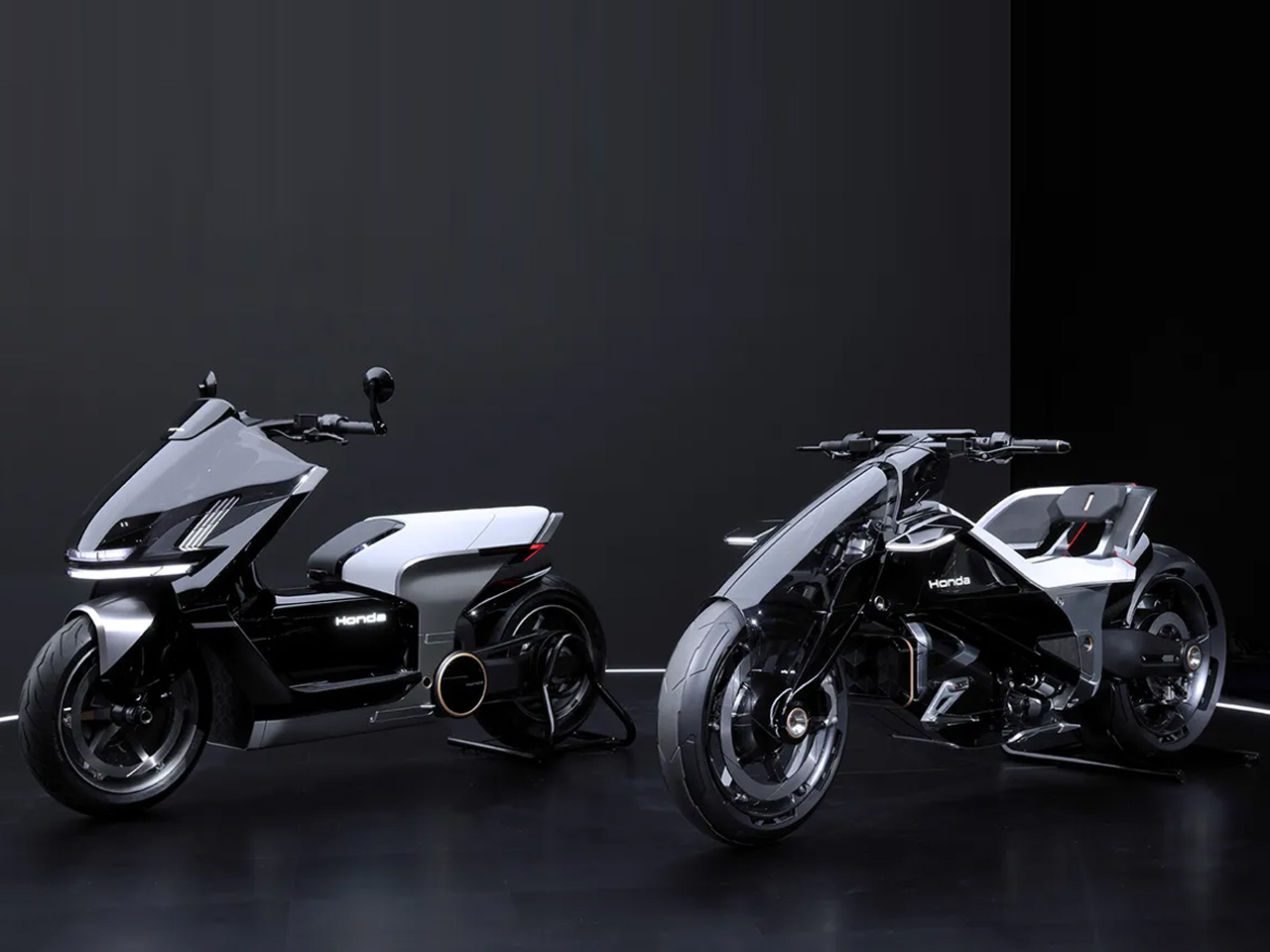
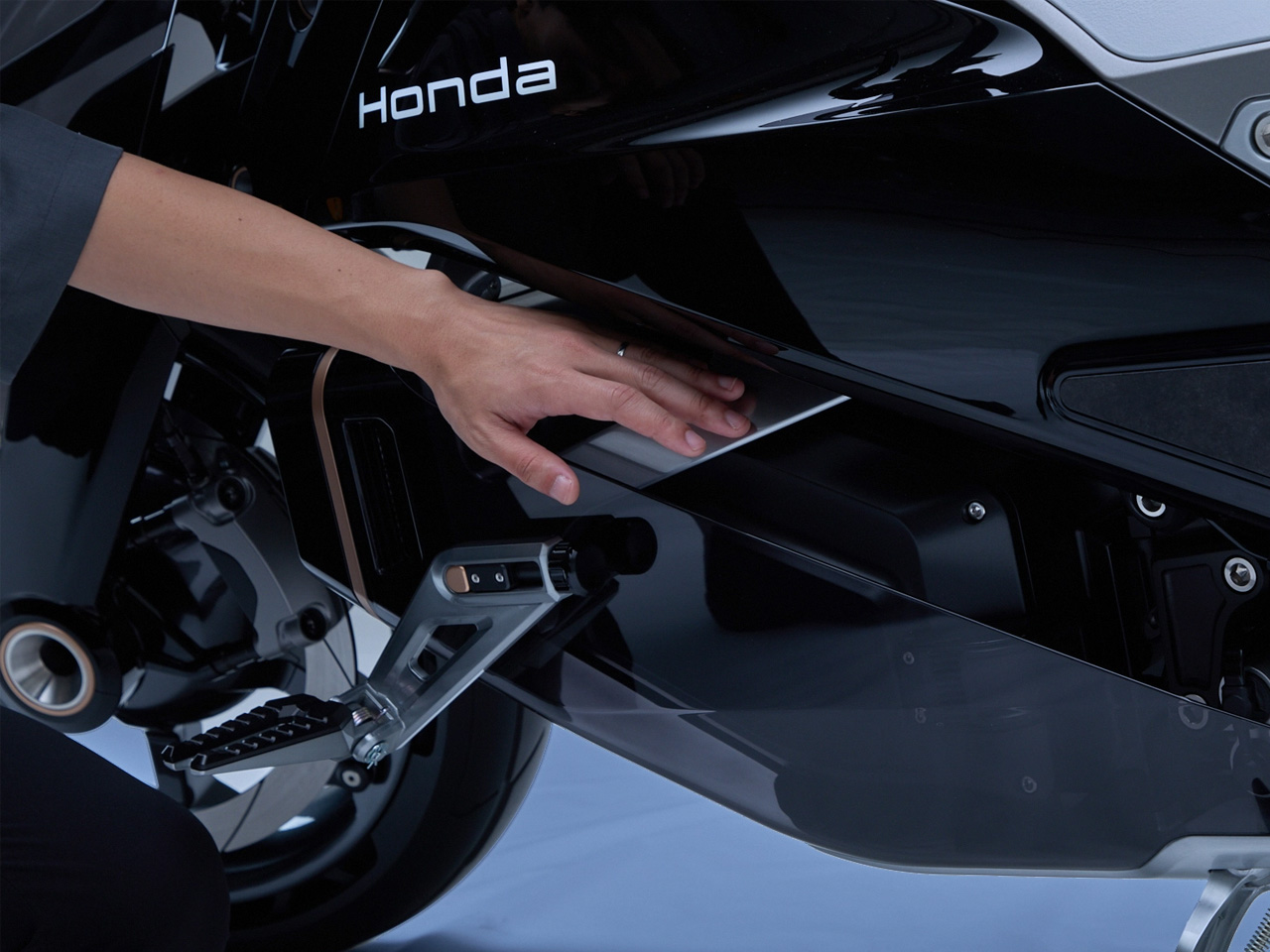
Mechanically, the EV Outlier Concept also deviates from the norm: at the front, instead of conventional telescopic forks, it uses a double-wishbone arrangement; at the rear, a low-mounted mono-shock linkage further centralizes mass. The open-center frame design offers structural freedom and better packaging of the battery pack, while the in-wheel motor layout allows Honda to adjust torque distribution between front and rear, supporting an all-wheel drive possibility.
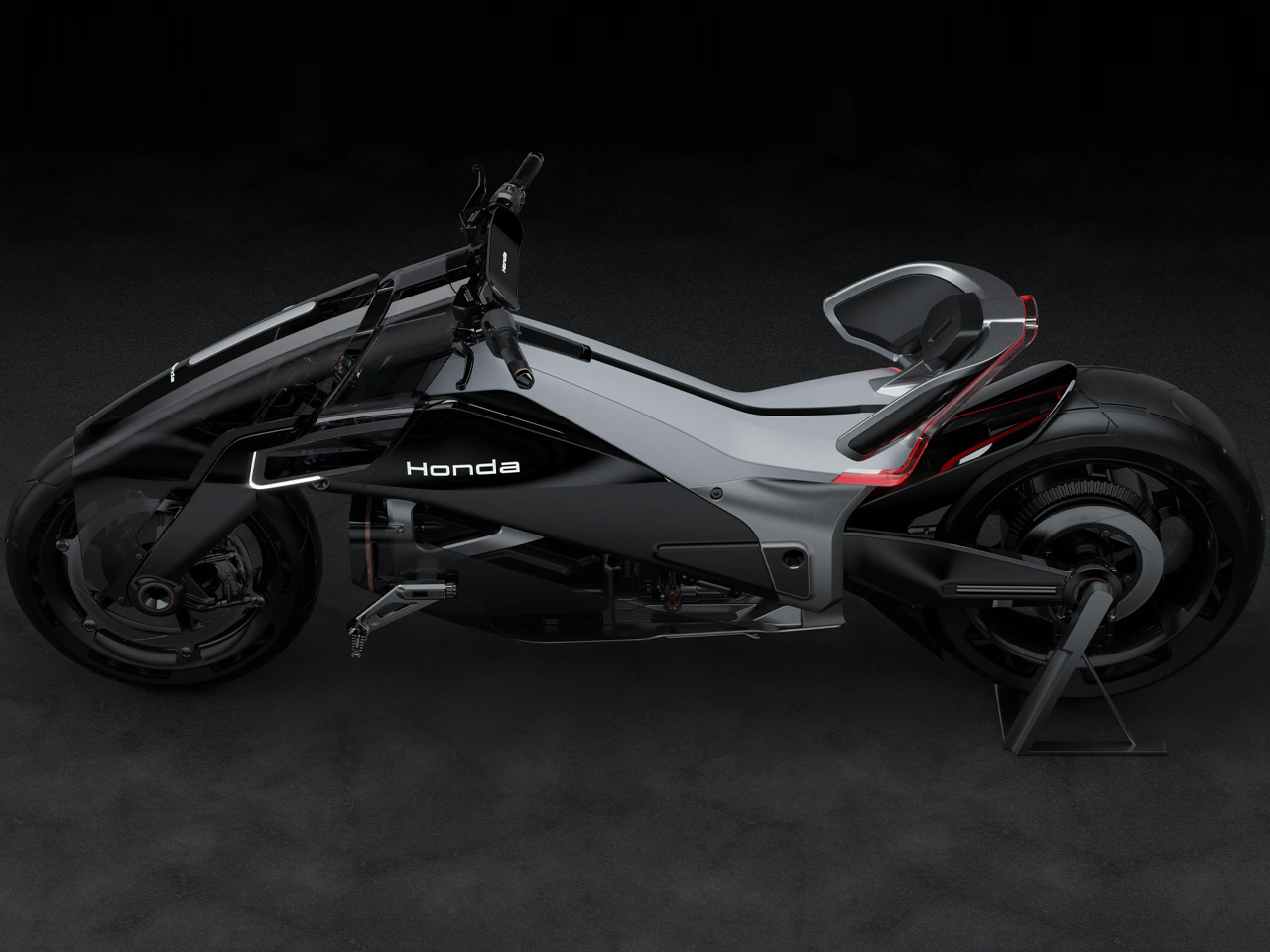
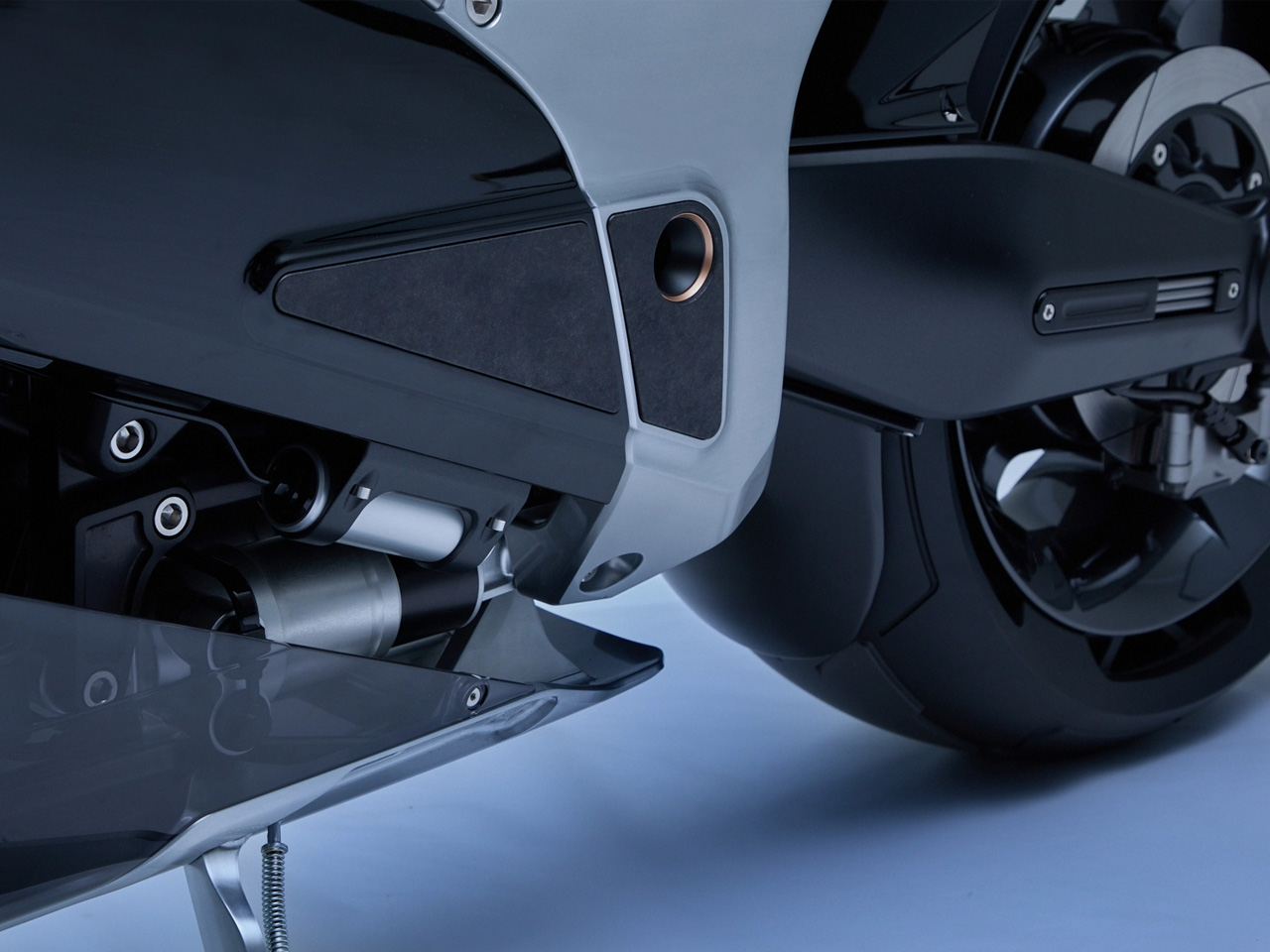

However, Honda has not yet released detailed technical specifications such as battery capacity, motor output, range, or pricing. This is a concept designed to explore future design and engineering directions rather than an imminent production model. The company emphasizes that this vehicle is aligned with its broader goal of achieving full carbon-neutral products and operations by 2050.
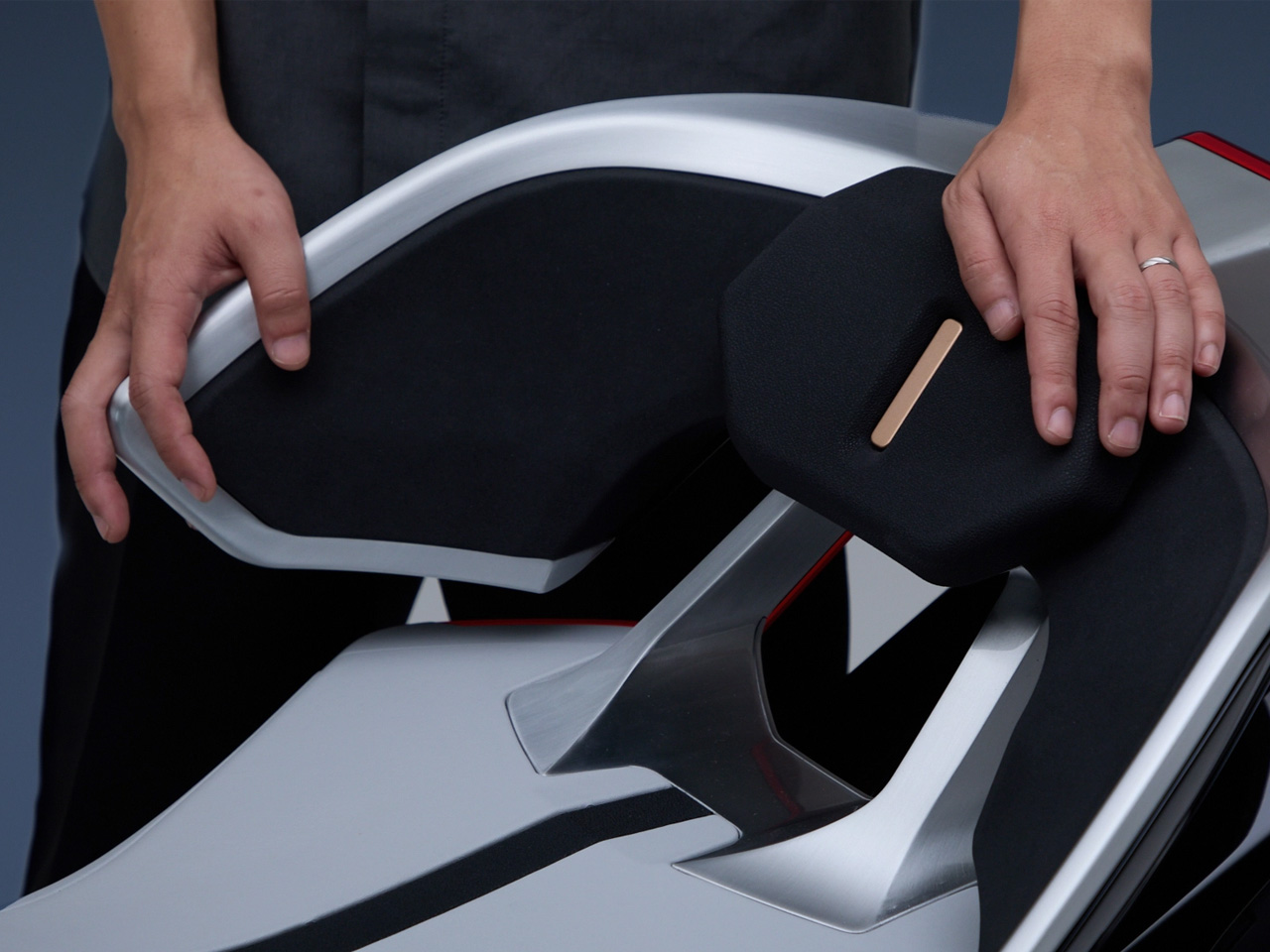
The EV Outlier brings together design daring and engineering boldness: a low-slung, mono-spine form that feels part sci-fi, part high-performance machine; in-wheel motors that break the chain drive tradition; torque vectoring capability; and a riding experience re-imagined for electric propulsion. More than anything else, the bike looks absolutely gorgeous.
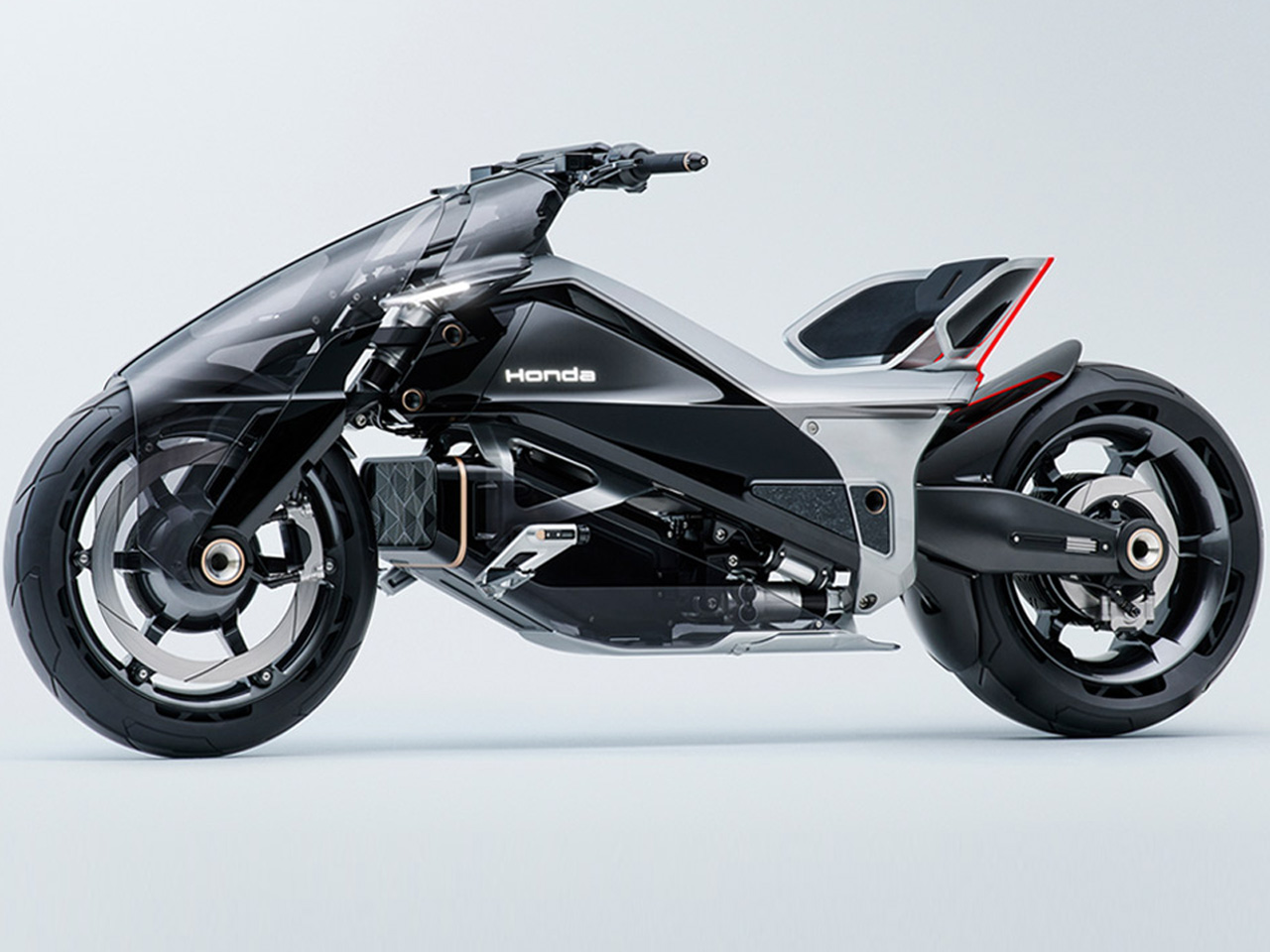
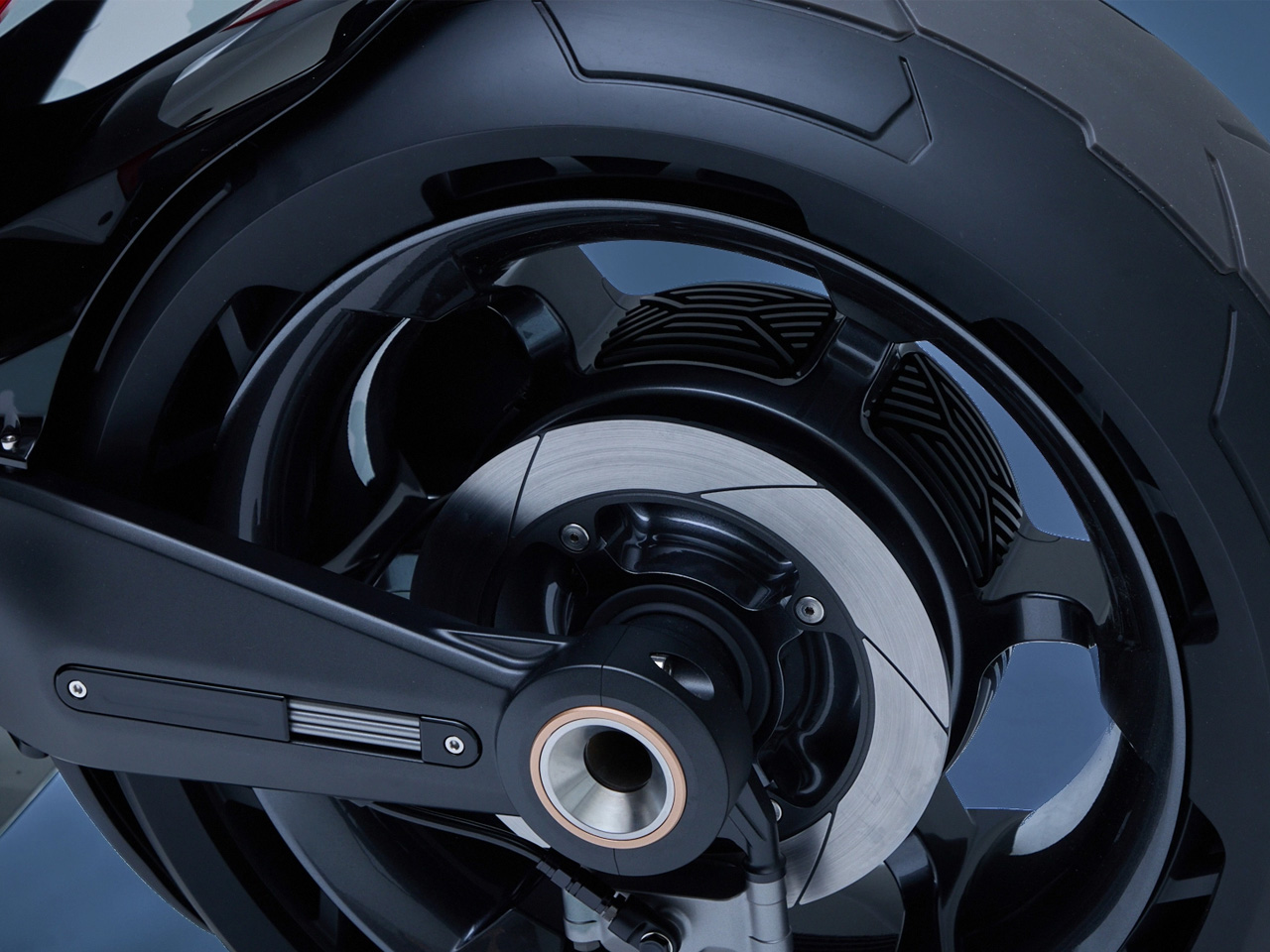


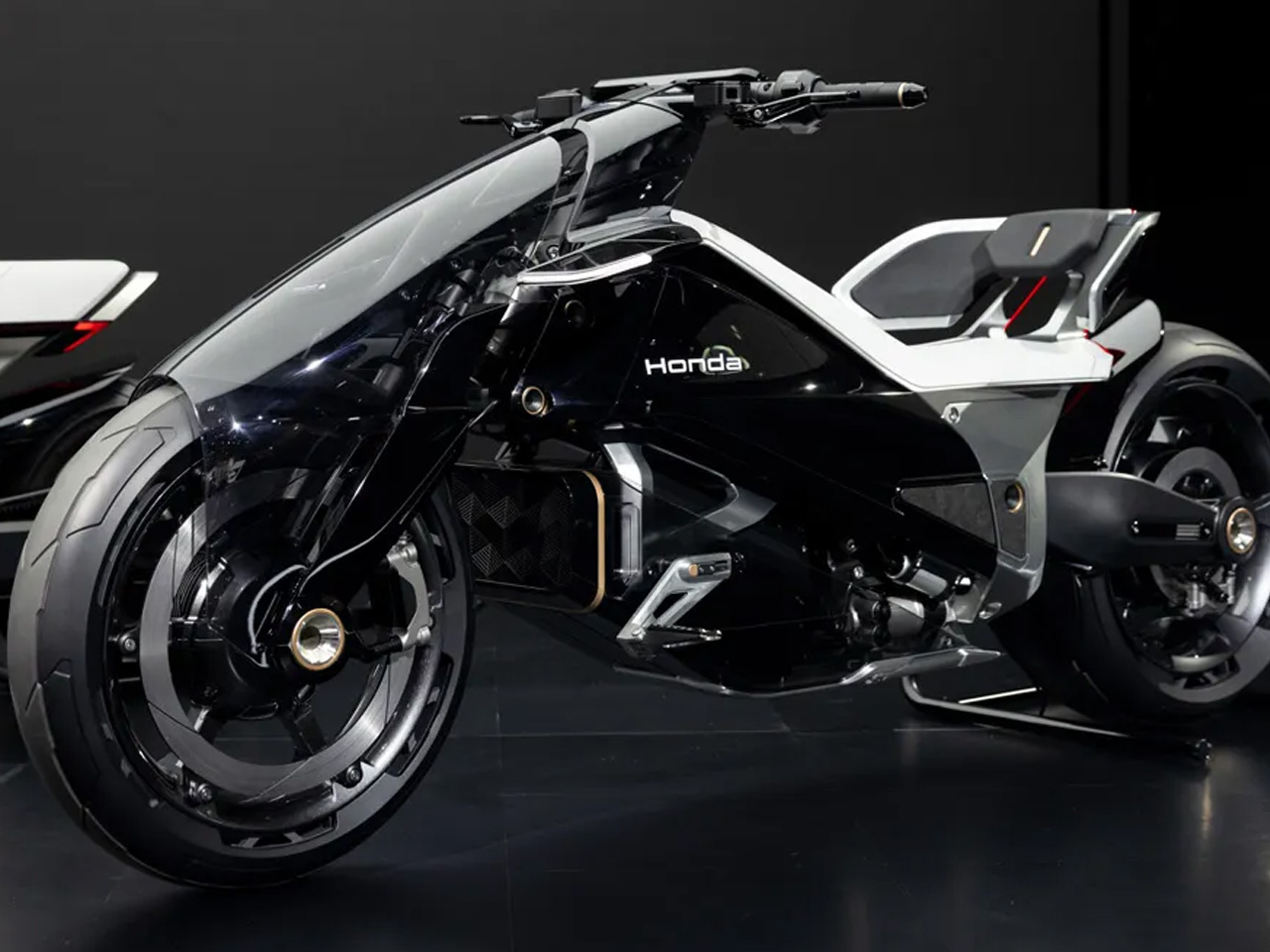
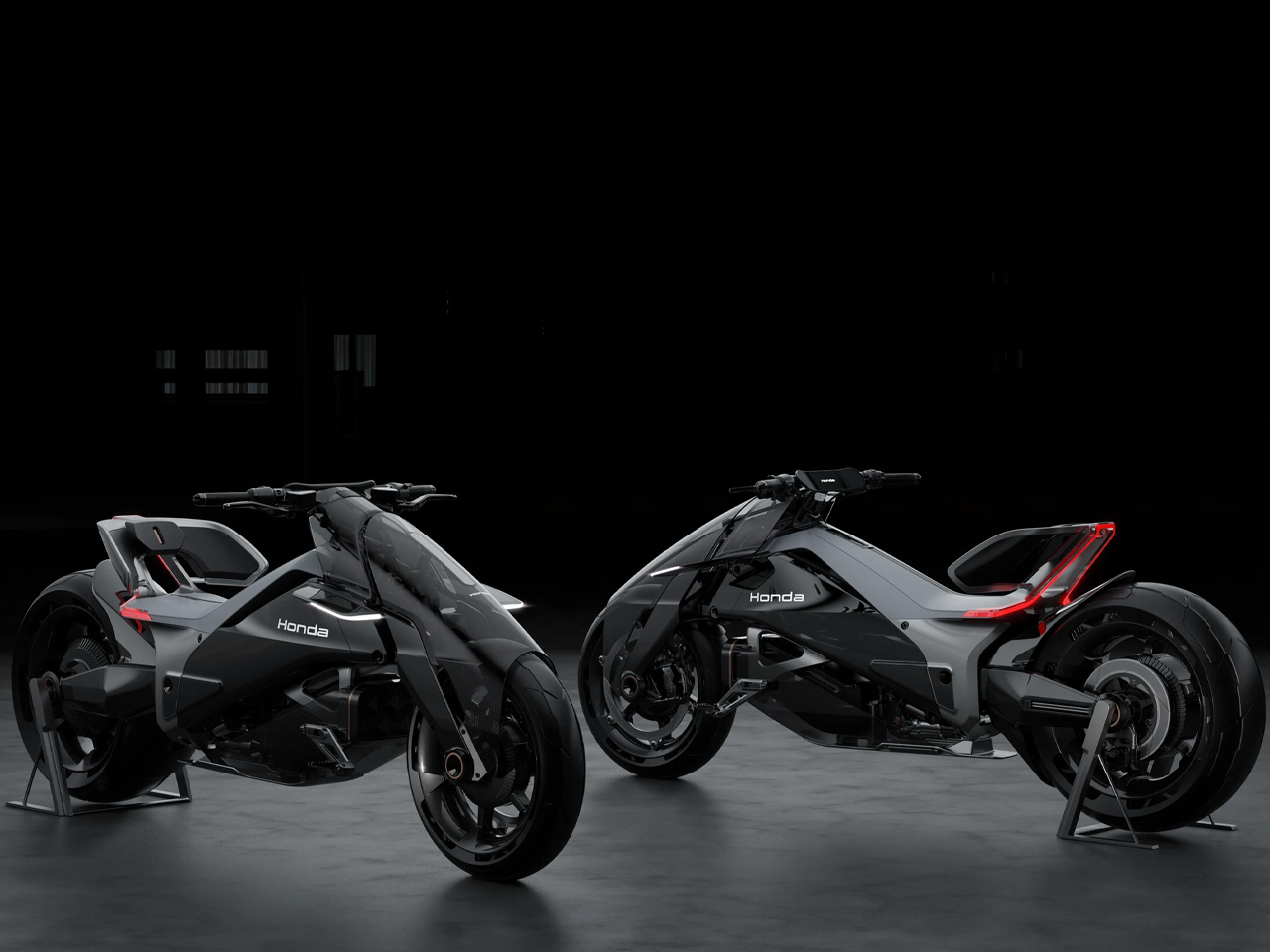

The post Honda EV Outlier Concept marks the electrified future of the brand first appeared on Yanko Design.
